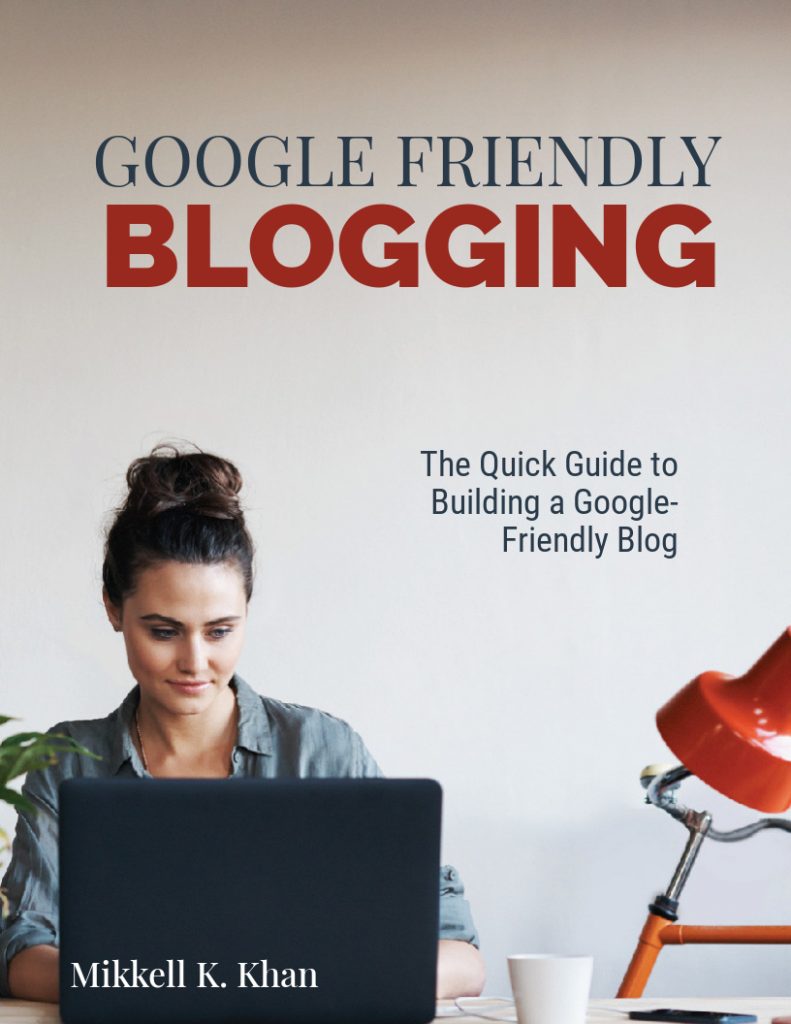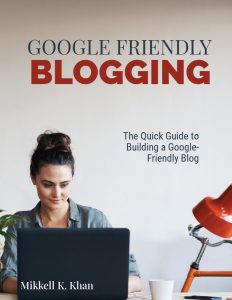In both filmmaking and photography, lighting does not always have to be perfectly balanced with a complete range of tones. Like colour, different styles of lighting can produce different moods. Two of the most commonly-used styles are high-key lighting and low-key lighting.
What is Low-Key Lighting?
Low-key lighting is a lighting effect that uses a hard light source to enhance shadows in your scene. Unlike high-key lighting (in which shadows are minimized), low-key lighting is all about shadows and contrast. This lighting effect was used in noir films to add contrast to a scene or to emphasize characters and details of a scene.
Low-key lighting is typically used when the director wants to either isolate a subject or convey drama. Just because a scene is shot with low-key lighting doesn’t necessarily mean it must be scary, but, if you want your audience to be uneasy, low-key lighting is a great place to start. Low-key lighting helps to minimize distractions in your frame, so it really helps to guide your audience’s eyes where you want them to be.
How to Shoot Low Key Lighting
Traditional three-point lighting uses a key light, fill light, and a backlight (or rim light). However, a typical low-key lighting setup consists of one large light, plus reflectors and diffusers as needed.
It can be easy to over-complicate your film set with too many lights. Low-key lighting is simple and effective. If you’re having lighting trouble on set, try simply turning off a light. A low-key lighting setup might be the way to go.
Low-Key Camera Considerations
Low-key is all about shadows, so, just like with any dark shoot, you’ll need to take all of the normal low-light precautions.
1. Invest in Good Lights – It can be easy to spend your entire equipment budget on camera gear. Don’t make this mistake. A small investment in lights will go a long way. For most low-key lighting situations you’ll want to use a large soft source like a softbox.
2. Use a Fast Lens – Low-key lighting tends to be shot in darker locations, so you’ll want to make sure you have a fast lens nearby. Because of the common issue of camera noise, this tends to be a better decision than simply getting a camera that’s good in low-light.
3. Monitor Your Levels – When shooting low-key lighting, you’ll end up with some particularly odd-looking histograms. This is normal, but be mindful of your pixel information. Even if your blacks are black, you want to make sure your subject isn’t underexposed or overexposed. You can always edit the color in post, but you can’t adjust pixel information if your subject has absolute black or white points.
4. Use Negative Fills – A negative fill is essentially a dark cloth or board used to absorb light. This is important for low-key lighting as you want to control any incidental light that hits your subject.
What is High-Key Lighting?
High-key lighting (unlike low-key lighting) is a lighting technique in which shadows are minimized. High-key lighting has its roots in the era of classic cinema when a set would simply be doused with light in the same manner in which a theater stage is lit. In modern days, you will typically see high-key lighting more in sitcoms and comedies than dramatic action thrillers.
There’s no defined point at which low-key lighting becomes high-key lighting, it’s more of a general rule of thumb. For example, if you’re shooting outside in the shade, you’re probably going to have a more even distribution between light and dark areas on your subject. It would be safe to say that this would be considered high-key lighting. However, different lighting directors might have different opinions about what’s high-key and what isn’t.
In short, high-key lighting is a cinematic effort to reduce shadows in your scene. In general, high-key lighting gives audiences the perception of lightheartedness and a lack of drama.
3 Simple Ways to Create High-Key Lighting
Depending on your situation, high-key lighting can be either incredibly easy to produce or incredibly difficult. Let’s take a look at how to get a high-key look using some simple lighting setups.
1. The basic Method – A widely-used high-key lighting set-up involves the use of key light and a fill light, with the key light two times the brightness of the fill. The background should be lit independently–preferably with two lights positioned three to five feet away at 45-degree angles. These background lights should be at least one stop brighter than your subject lighting. This will result in a blown-out background, which you’ll notice in many high-key photos.
2.Bounce Light Off the Ceiling – If the ceiling in your location isn’t incredibly high, you could try simply bouncing a bright light off of the ceiling. This will essentially create a large soft-box above your subject. This technique can work well, but (just like when shooting outside) you’ll want to watch for dark circles in your subject’s eye sockets.
3. Outdoor Reflector – If you’re shooting outside, it’s advised to use an outdoor reflector to soften your shadows. This is normally done by simply holding the soft white side of your reflector under your subject so that light can softly bounce from below and fill your subject’s eyes.
Have any tips for shooting low-key and high-key lighting? Share you insights in the comments below, and feel free to share this article.
And of course, don’t forget to like/subscribe to our Diamond Films Limited Facebook page for the latest updates on our blog.






